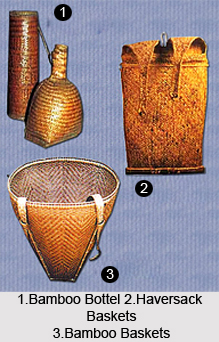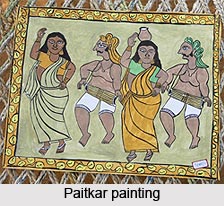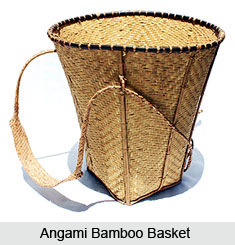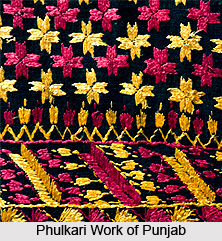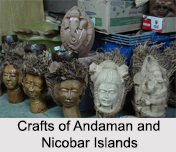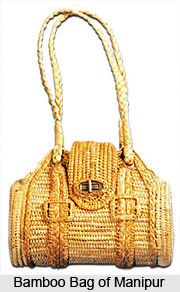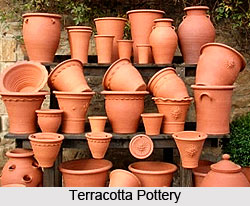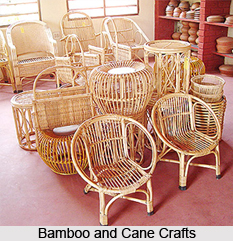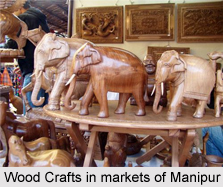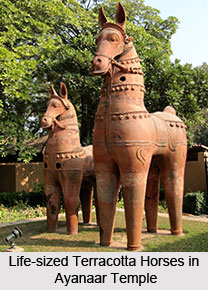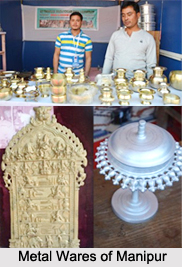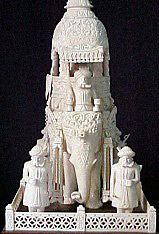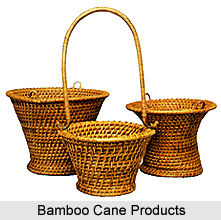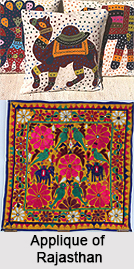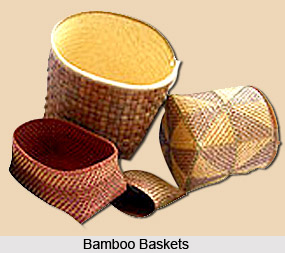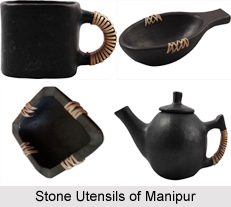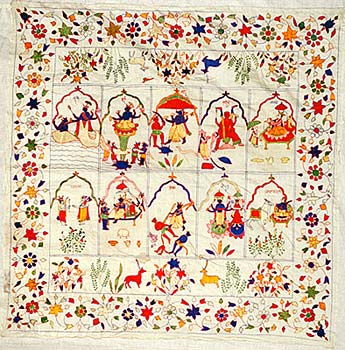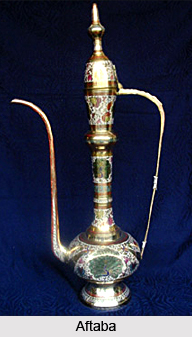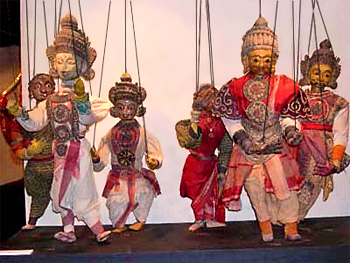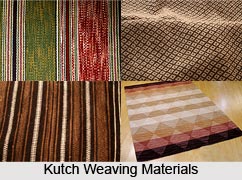 The land and weather of the Kutch district is well suited to raising sheep. In most of villages in kutch one can listen to the music of weaving on handlooms, a substantial part of it bveing artistic rather than being simply practical. This craft provides employment even to women and children at home. Artistic weaving is one the traditional handicrafts of Kutch.
The land and weather of the Kutch district is well suited to raising sheep. In most of villages in kutch one can listen to the music of weaving on handlooms, a substantial part of it bveing artistic rather than being simply practical. This craft provides employment even to women and children at home. Artistic weaving is one the traditional handicrafts of Kutch.
Mashroo weaving (ilacha)
Mashroo weaving is being practiced at Mandvi, Motasalaya, jodhara, Don, and Rayan. Art silk yarn dyed in different colours is used in Staving multi coloured strips and designs on coloured stripes to give the effect of embroidered designs. The women of Ahir communities prepare cholis Blouses) Items like odhanis and dresses re also prepared other rural commum-ies, including Muslim women, also use Vlashroo. This techniqaue shows the kill of craftspeople of Kutch.
Woollen Namadas
Woollen namadas are very attractive items prepared by the pinjara community of Kutch making use of locally available wool. Impurities in the wool are removed by hand then it is pun and dyed in yellow, orange, red, naron, blue and black colours. Next the wool is turned into ropes by rolling it ton the surface of a pot kept in reversed position and covered with a cloth. The thick waxed cloth is spread on a even surface on the floor. The desired design, generally geometrical and floral is worked out by placing the coloured threads on the cloth, and sprinking a little water to enable the ropes to set propering. In between the ropes which act as the outlines of the design wool is placed to serve as fillings. By pressing with the hand the wool is to set properly, and then the cloth is removed. The edges are folded in a reverse fashion and on the back portion of it wool is filled in to serve as a support to the designing namada. Afterwards a sort of washing soap is smeared on the back portion of it and pressed down with the palm of the hand. Attractive wall hangings, horses and camels saddles, Galicha, Toran, caps and floor coverings are some of the items produced. Todia, Gagodar and Mundra are the main places where namada is produced.
